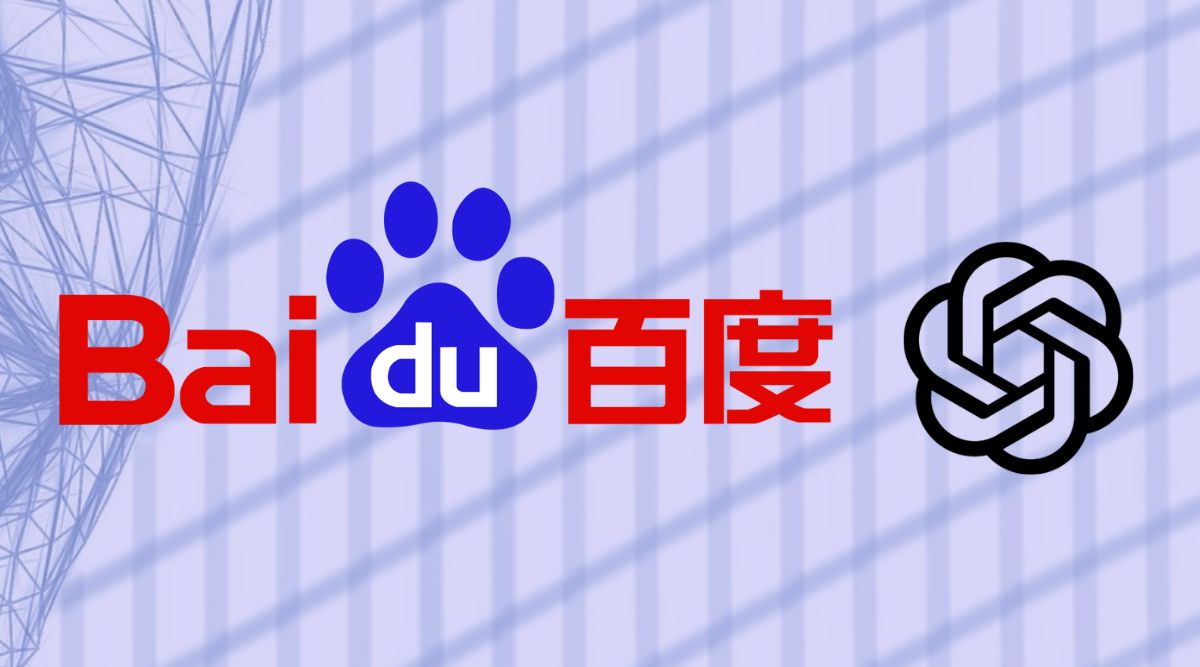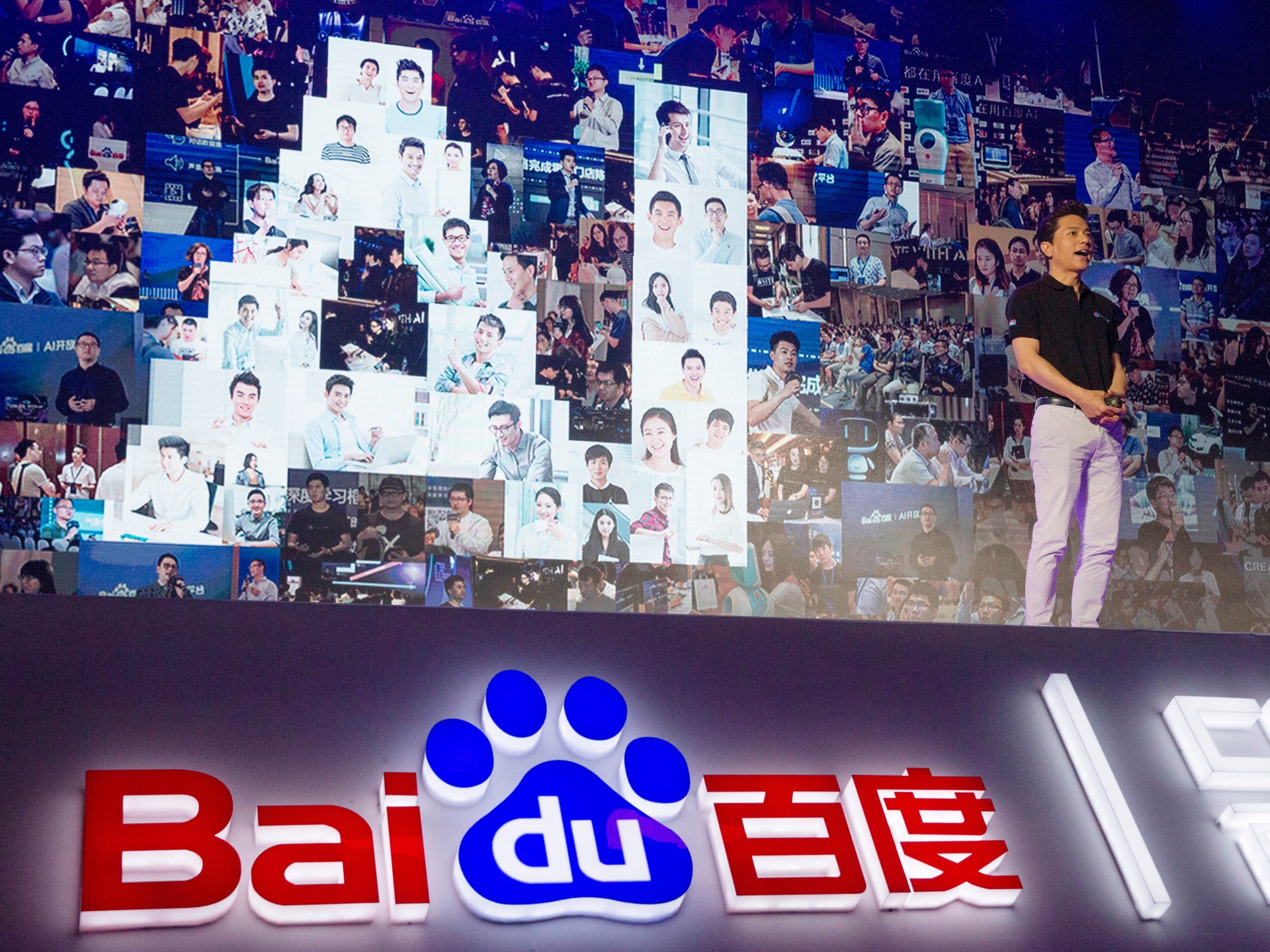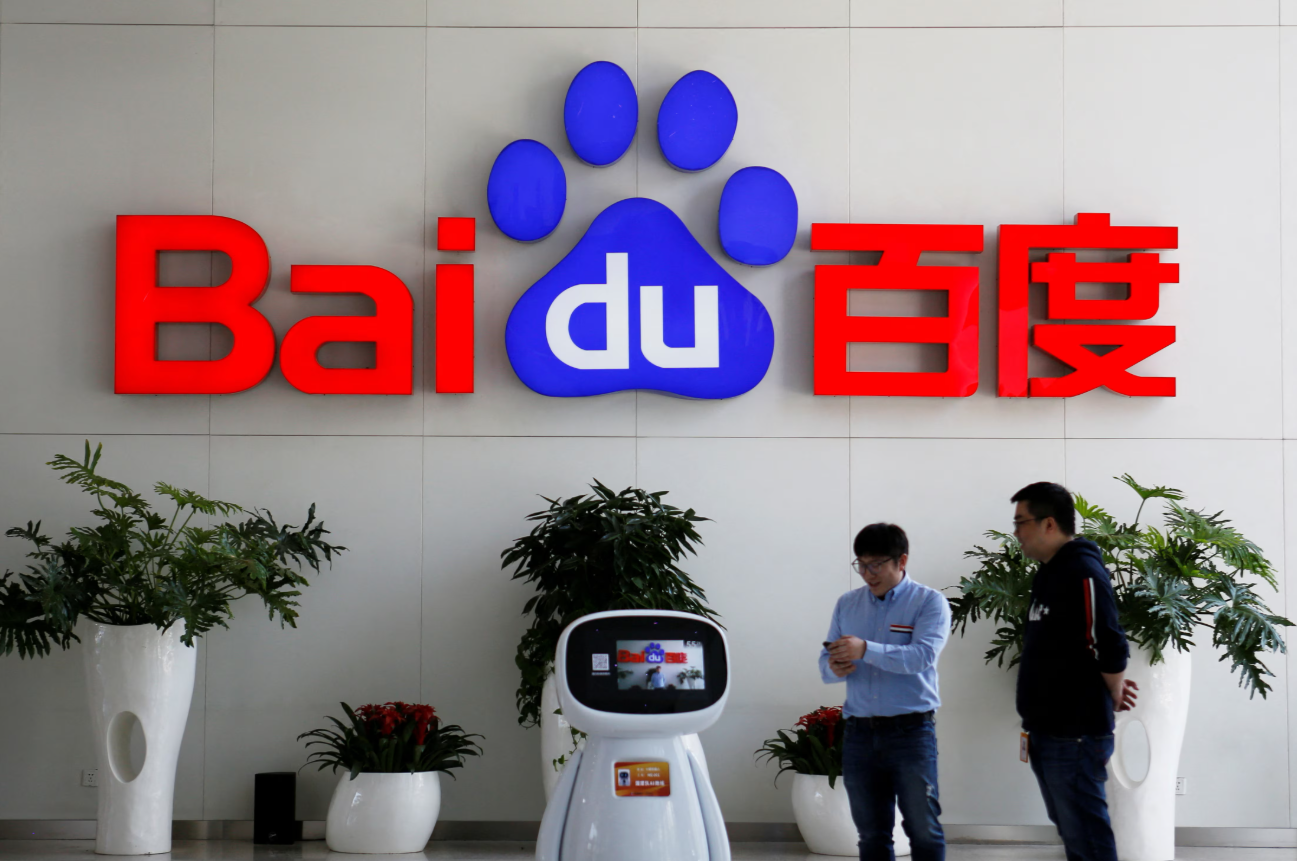Baidu has taken a bold step into the world of generative video models with the launch of MuseStreamer, a new AI system that can create videos complete with Chinese dialogues, sound effects, and ambient noise. The model is designed to rival Google’s Veo 3, which made headlines earlier this year for offering native English audio in AI generated videos. With MuseStreamer, Baidu becomes the first company to integrate native Chinese audio generation into its video outputs, taking the AI race to a new frontier.
According to reports, MuseStreamer can produce 10 second long videos in full HD 1080p resolution. What sets it apart is its ability to go beyond visual storytelling by adding synchronized dialogues and context appropriate sounds. This kind of feature is a leap forward in the space, where most AI tools have focused primarily on improving visual fidelity and movement. Audio integration had remained a missing piece until now, and Baidu's innovation aims to change that.
The company is positioning MuseStreamer as a consumer facing content creation tool, enabling users to input prompts and generate short videos directly. To support this, Baidu has also introduced HuiXiang, a dedicated video creation platform that serves as the interface for MuseStreamer. Currently, the platform supports video generation only within China and allows users to create videos that are up to 10 seconds long. Comparatively, Google’s Veo 3 offers only eight second outputs, and only in English.
MuseStreamer has reportedly achieved a benchmark score of 89.38 percent on the VBench I2V test, a leading metric for evaluating AI generated video quality. This performance places it among the top models globally, demonstrating the system's capability in rendering coherent visuals with synced audio. Moreover, Baidu claims that MuseStreamer can handle a variety of sound scenarios, including realistic environmental noises, voice modulation for different characters, and seamless integration of audio with scene changes.
The larger significance of MuseStreamer lies in how it represents China's growing competitiveness in generative AI, especially in the video segment. Google, OpenAI, and Meta have already made substantial strides with tools like Veo, Sora, and Make A Video, but MuseStreamer brings a culturally specific advantage with its Chinese language capability. This could open up the model to a wide user base in China and other Mandarin speaking regions.
Although MuseStreamer and HuiXiang are not yet available outside China, their launch hints at a future where AI powered video storytelling becomes more multilingual and more nuanced. The addition of native language audio, something that still eludes many global models, could be a decisive edge for Baidu if the platform expands its reach internationally.
As the global AI race heats up, the launch of MuseStreamer suggests that competition will not just be about visuals anymore. The future of generative video content could very well be defined by the richness of sound, cultural nuance, and the ability to deliver complete multimedia experiences that mirror real world storytelling.
For more updates on AI breakthroughs and global tech news, follow Tech Moves on Instagram and Facebook.














